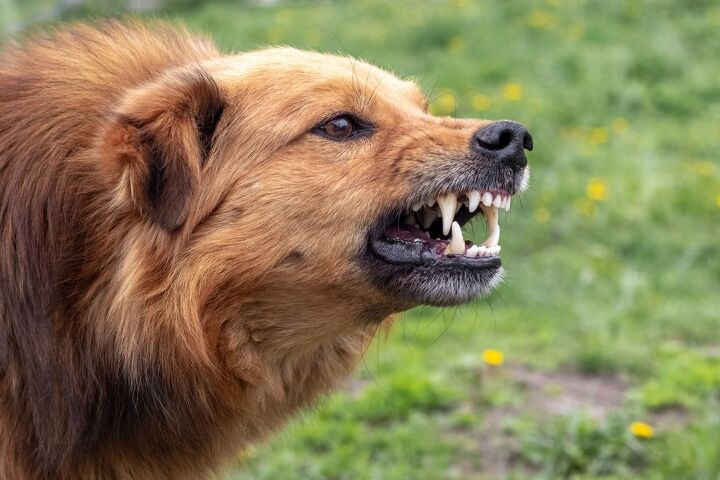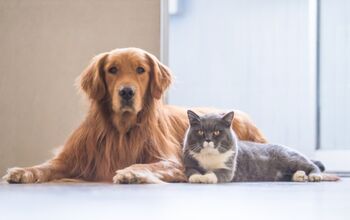Reactive Dog Vs. Aggressive Dog: What Are the Differences?

Not all dogs are built the same. Depending on their breed, character, surroundings, and way of life, our best friends can be anything from friendly and sweet to short-tempered and grumpy. Sometimes, even our beloved pets can become reactive or aggressive. The two terms are not at all the same and have their special differences. Owners who want to better understand their pet’s behavior and possibly change it for the better should be familiar with these differences. After all, these are two totally different canine behaviors, and it's important to understand the distinctions between them.
Reactive or Aggressive?
A reactive dog is one that overreacts to specific stimuli or triggers, often in a fearful or anxious manner. This reactivity can manifest as barking, growling, lunging, or other signs of discomfort or stress when confronted with the so-called “trigger” - something that causes the reaction. Common triggers for reactive dogs can include other dogs, strangers, passersby, loud noises, or unfamiliar environments. Reactivity is typically a response to fear, anxiety, or insecurity, and the dog may not have the intention of causing harm – it’s just their way to voice their alarm. Of course, reactive behavior can often be managed and improved through training and behavior modification techniques.
An aggressive dog, on the other hand, displays behaviors intended to cause harm, whether to people, animals, or objects. Aggression can take various forms, including growling, snapping, biting, lunging, and physical attacks. Of course, aggression is a deliberate action and can be motivated by fear, dominance, territoriality, resource guarding, or other factors.
Needless to say, aggressive behavior is dangerous and should be taken seriously. It can lead to injuries, fear, anxiety, and troubling legal consequences. Aggressive dogs often require professional intervention and behavior modification to address the underlying causes. Sometimes, such behavior is hard to root out and will require patient work that could last a while. And it can be successfully remedied.
How To Deal With Aggression Or Reactiveness In Dogs
In summary, the key difference between a reactive dog and an aggressive dog lies in the intent and severity of their behavior. Reactive dogs may react out of fear or discomfort and may not intend to harm, while aggressive dogs engage in behavior with the intention of causing harm. Both types of behavior require attention and training, but aggressive behavior poses more immediate risks and should be addressed with caution and professional guidance. Reactive behavior can often be managed with training and socialization to reduce anxiety and improve the dog's overall behavior.
Of course, as their owner, you can certainly spot a difference between reactive and purely aggressive behavior. A reactive dog could “lash out” only in certain situations, where you can instantly recognize the “trigger”. Aggressive dogs, however, can lash out unprovoked, where there does not seem to be any trigger whatsoever. If you think your pet falls into the aggressive category, you should invest in a protective dog muzzle. It does not harm your dog in any way whatsoever, and it keeps those around them safe and protected. Of course, this is not a solution to such behavior, and you should work with professionals to fix it.
For reactive dogs, sometimes a bit of patience and training is all that’s necessary. Consider spending more time with them, offering interactive toys, and stimulating them in various ways. Try special assistance to make them more comfortable around strangers and other dogs. Socialization plays a key role in this. Patient training can certainly help them be less reactive. Until you complete your task, however, you could signal your dog's behavior to other dog owners with one of these leash attachments that warn them not to approach your dog without asking first.
In the end, just remember to remain patient with your four-legged friend and to persevere in your task to help them overcome their behavioral issues. With a lot of effort and dedication, these problems can be a thing of the past – and your pet can become their best version.

A proud mama to seven dogs and ten cats, Angela spends her days writing for her fellow pet parents and pampering her furballs, all of whom are rescues. When she's not gushing over her adorable cats or playing with her dogs, she can be found curled up with a good fantasy book.
More by Angela Vuckovic























